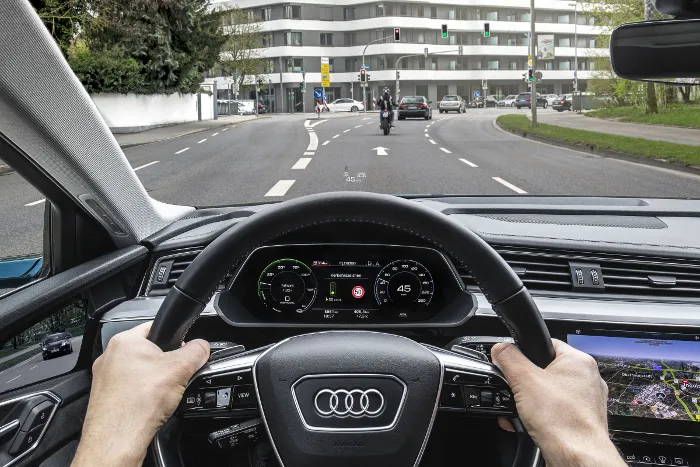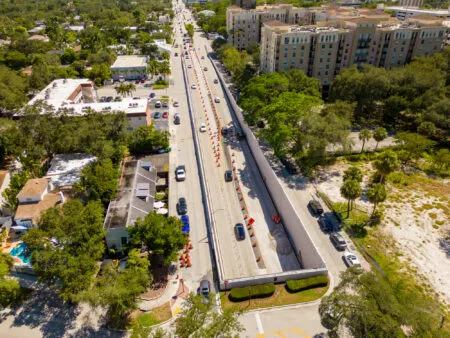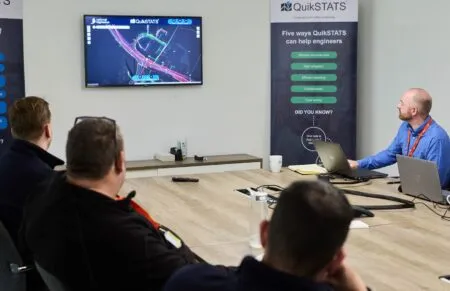Following a series of successful deployments across the USA, Audi is now introducing its traffic signal information (TSI) vehicle-to-infrastructure (V2I) service to the European market, with initial systems installed in Ingolstadt (Germany) in July, with further cities to follow from 2020.
Audi customers in the USA have been using the TSI service since late 2016, making it the first automaker worldwide to offer network connection between its series-production models and traffic signals in cities. Customers have been using the TSI system’s ‘time-to-green’ function, which offers a countdown in the Audi virtual cockpit or head-up display that shows the seconds to the traffic signal’s next green phase. This service is now available at more than 5,000 intersections across the USA, including major cities such as Denver, Houston, Las Vegas, Los Angeles, Portland and Washington DC. In the US capital alone, about 1,000 intersections are linked to the TSI function.
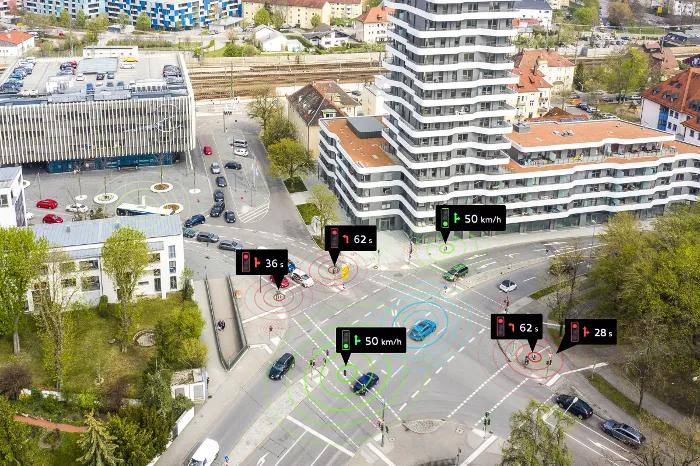
Since February this year, Audi has offered a further function to its TSI system in North America with the introduction of the green light optimized Speed advisory (GLOSA), which shows the driver the ideal speed for reaching the next traffic signal on green, enabling them to ‘hit the green wave’. For the projects in the USA, Audi has been working with the Oregon-based company Traffic Technology Services (TTS), which prepares the raw data from city traffic management centers and transmits them to Audi servers that send the information to cars via the onboard 4G LTE cellular data connection. Both Time-to-Green and GLOSA functions will be activated for the start of TSI operations in Ingolstadt in selected Audi models that are equipped with the company’s ‘Connect Navigation & Infotainment’ package and the optional camera-based traffic sign recognition system.
Audi is aiming to install the TSI system in further cities in Germany, other parts of Europe, Canada and the USA in the coming years. In the Chinese city of Wuxi, Audi and its local partners are currently testing networks between cars and traffic signal systems as part of a development project. Audi is also looking to add additional functions to TSI, such as incorporating ‘green waves’ into route planning, increased use regenerative braking for electric models, and coupling with predictive adaptive cruise control (pACC) for automatic braking at red lights.
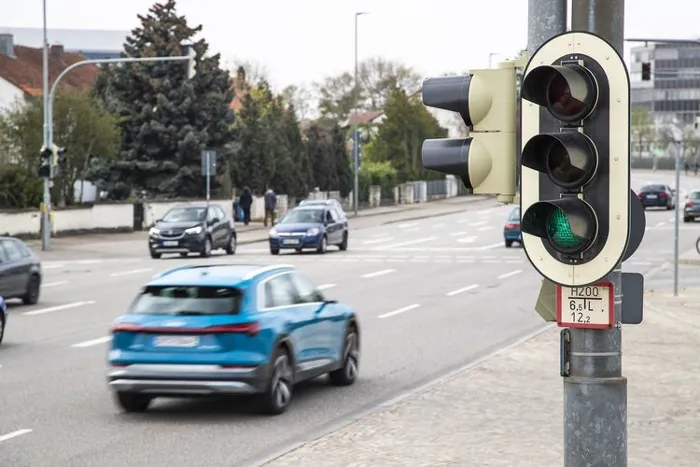
Explaining why the TSI system is becoming available in Europe two years later than the USA, Andre Hainzlmaier, head of development of pps, connected services and smart city products at Audi, said, “The challenges for the serial introduction of the service are much greater here than, for example, in the USA, where urban traffic signal systems were planned over a large area and uniformly. In Europe, by contrast, the traffic infrastructure has developed more locally and de-centrally, with a great variety of traffic technology. How quickly other cities are connected to this technology depends above all on whether data standards and interfaces get established and cities digitalize their traffic signals. In the future, anonymized data from our cars can help to switch traffic signals in cities to better phases and to optimize their traffic flow.”


